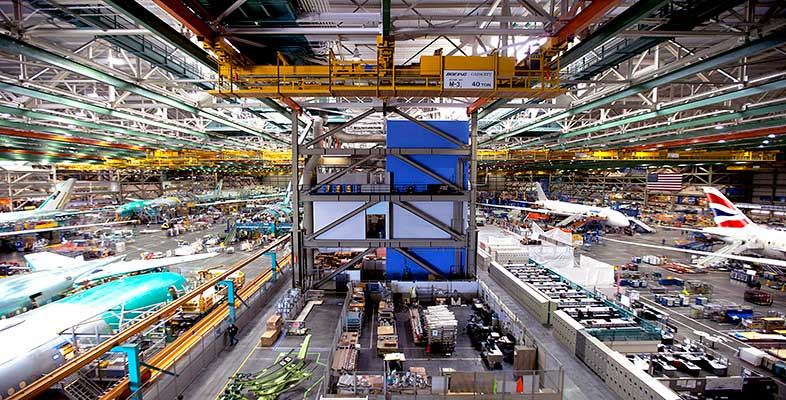3.2 Inputs
Some inputs are used up in the process of creating goods or services; others play a part in the creation process but are not used up. To distinguish between these, input resources are usually classified as:
transformed resources – those that are transformed in some way by the operation to produce the goods or services that are its outputs
transforming resources – those that are used to perform the transformation process.
Inputs include different types of both transformed and transforming resources.
Three types of resource that may be transformed in operations are:
materials – the physical inputs to the process
information that is being processed or used in the process
customers – the people who are transformed in some way.
Many people think of operations as being mainly about the transformation of materials or components into finished products, as when limestone and sand are transformed into glass or an automobile is assembled from its various parts. But all organisations that produce goods or services transform resources: many are concerned mainly with the transformation of information (for example, consultancy firms or accountants) or the transformation of customers (for example, hairdressing or hospitals).
Galloway (1998) defines operations as all the activities concerned with the transformation of materials, information or customers.
The two types of transforming resource are:
staff – the people involved directly in the transformation process or supporting it
facilities – land, buildings, machines and equipment.
The staff involved in the transformation process may include both people who are directly employed by the organisation and those contracted to supply services to it. They are sometimes described as ‘labour’. The facilities of an organisation – including buildings, machinery and equipment – are sometimes referred to as ‘capital’. Operations vary greatly in the mix of labour and capital that make up their inputs. Highly automated operations depend largely on capital; others rely mainly on labour.
Activity 4
Identify the principal inputs (both transformed and transforming resources) used by each of the following organisations, and their principal outputs.
| Organisation | Inputs | Outputs |
|---|---|---|
| Restaurant | ||
| University | ||
| Doctor's surgery | ||
| Nuclear fuel reprocessing plant |
Discussion
The transformed resources of a restaurant include food and drink, and its transforming resources include equipment such as cookers, refrigerators, tables and chairs, and the chefs and waiters. In a university, the transformed resources include students and knowledge and the transforming resources include lecturers, tutors and support staff, as well as classrooms, books and instructional materials.
